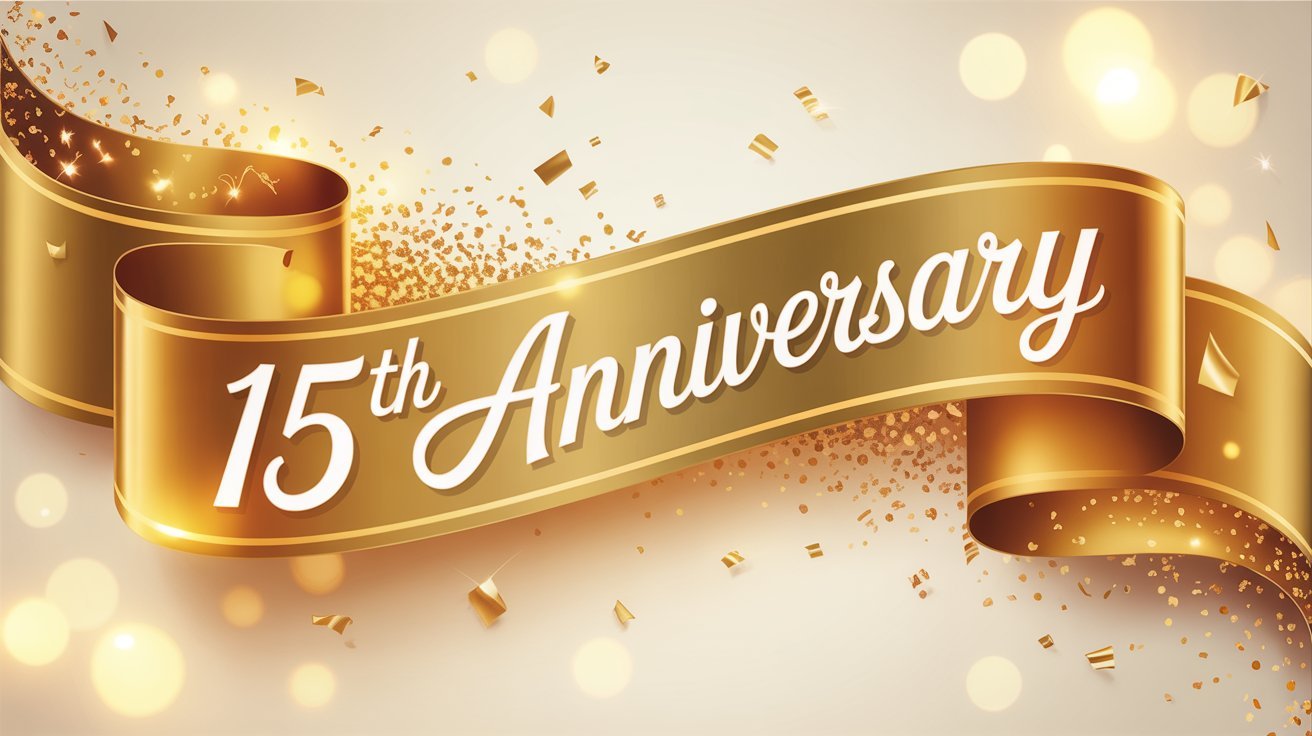 If you’re looking for statistics that paint the state of the music industry, look no further. We’ve got numbers galore. As anyone could have guessed, physical sales are still dying a painful death, while digital grows, but fails to make up the difference.
If you’re looking for statistics that paint the state of the music industry, look no further. We’ve got numbers galore. As anyone could have guessed, physical sales are still dying a painful death, while digital grows, but fails to make up the difference.
On the digital side, consumers purchased 1.16 billion single music tracks in 2010, up 2.1 percent from 1.14 billion in 2009, according to year-end statistics published by the RIAA on Tuesday. The total value of tracks downloaded jumped 12 percent from $1.22 billion in 2009 to $1.37 billion last year.
The number of albums downloaded rose even quicker, from 76.4 million to 83.1 million, an 8.8 percent increase. That translates to a dollar value of $828.8 million in 2010 versus $763.4 million in 2009, an 8.6 percent increase.
In total, digital units shipped rose a slight 2.3 percent from 1.24 billion to 1.27 billion and dollar value grew 10.2 percent from $2.0 billion to $2.2 billion.
There’s a lot more interesting stuff happening digitally than just downloads, though. Owning your favorite music is so 20th century.
Royalties paid to performers and copyright holders distributed by SoundExchange (think webcasting services like Pandora or satellite radio) rose an astonishing 60.3 percent from $155.5 million in 2009 to $249.2 million in 2010. Subscriptions didn’t do as well, rising 29.9 percent to 1.5 million units, but falling 5.7 percent in value to $200.9 million.
Unfortunately for the industry, however, digital still isn’t doing enough to make up for bleeding physical music sales.
Total physical units shipped fell 22.2 percent between 2009 and 2010 from 309.2 million to 240.5 million. That’s a 20.2 percent drop in total value, from $4.56 billion to $3.64 billion. (Notably, as has been the trend for a few years now, LP/EP shipments actually grew by 25.9 percent for a total value boost of 44.4 percent.)
If you combine digital and physical, total shipments and value dropped 6.8 and 10.9 percent, respectively.
As it stands, the music industry is at a weird crossroads. On one hand, you’ve got the titans of old (namely, the big four record labels) bemoaning their downward spiraling CD sales, with no end to the losses in sight. On the other hand, we’ve got the entrepreneurs (Pandora, MOG, Rdio, etc) and technology leaders (Apple, Amazon, Google) building robust and innovative new services for the consumption of music digitally.
And people are indeed willing to pay for music–that remains unchanged.
Increasingly, however, it looks like music sales will be far more fragmented (not in a bad way) and more creatively organized. That is, some consumers will prefer to pay for a service like Pandora to stream random tunes to them, some will enjoy whatever Apple’s future cloud service entails and many more (I predict) will use some combination of various options.
The CD is dead, but paying for music is just starting to come alive.



















